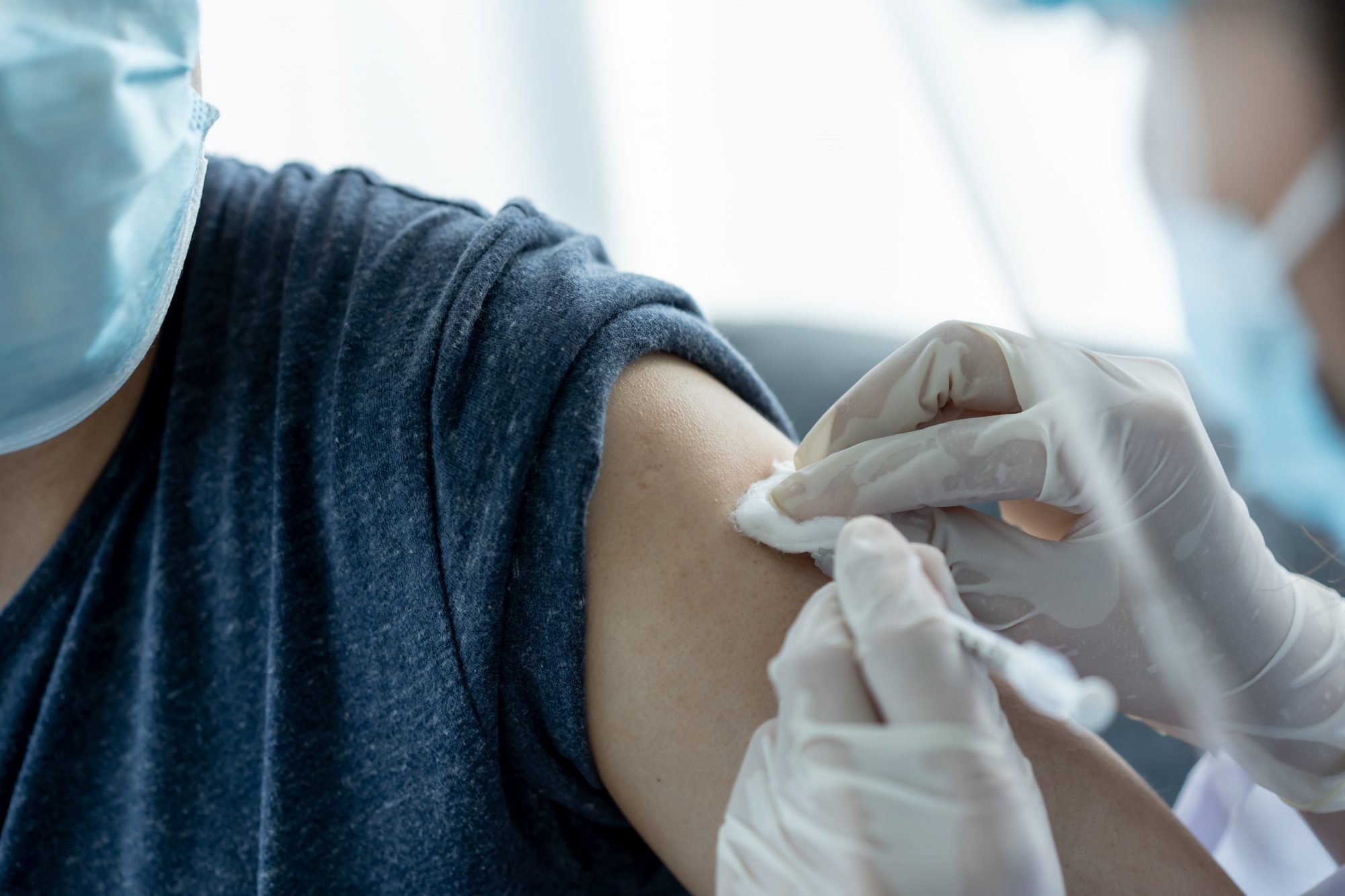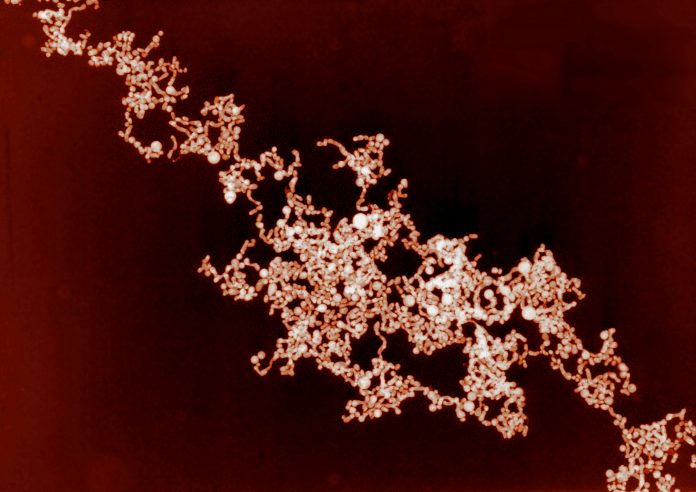Potential new COVID-19 treatment may see decoy nanoparticles trick the life-threatening virus and render them inactive
The NSF supported study from Northwestern University synthetic biologists, may be able to tackle the ever-evolving SARS-CoV-2 virus by creating nanoparticles to mimic regular cells, collect the virus and inhibit t from infecting the rest of the body.
Current treatments are already proving inept at stopping the ever mutating global virus, causing the team from Northwestern to work on something new. By designing and testing various iterations, the researchers identified a broad set of decoys – all manufacturable using different methods – that were “incredibly effective” against the original virus, as well as mutant variants.
Decoy nanoparticles are up to 50 times more effective than drugs
The decoy nanoparticles were found to be up to 50 times more effective at inhibiting naturally occurring viral mutants, compared to traditional, protein-based inhibitor drugs.
When tested against a viral mutant designed to resist such treatments, decoy nanoparticles were up to 1,500 times more effective at inhibiting infection.
Although much more research and clinical evaluations are needed, the researchers believe decoy nanoparticle infusions someday could potentially be used to treat patients with severe or prolonged viral infections.

A possible COVID treatment that can handle variants
Scientists tested decoy nanoparticles against the parent SARS-CoV-2 virus and five variants (including beta, delta, delta-plus and lambda) in a cellular culture.
“We showed that decoy nanoparticles are effective inhibitors of all these different viral variants,” said Northwestern’s Joshua Leonard, co-senior author of the study. “Even variants that escape other drugs did not escape our decoy nanoparticles.”
“Even variants that escape other drugs did not escape our decoy nanoparticles.”
“As we were conducting the study, different variants kept popping up around the world,” added Northwestern’s Neha Kamat, co-senior author of the study.
“We kept testing our decoys against the new variants, and they just kept working. It’s very effective.”
The continuing mutations of the COVID-19 virus has been proving a primary concern for scientists and researchers, with multiple studies being halted due to being rendered ineffective. March 2022 saw the FDA pause a number monoclonal antibody treatments, due to their failure against the BA.2 omicron subvariant.
What proves positive is that where this previous treatments have fallen sort – the decoy nanoparticles were shown to never lose effectiveness. Leonard said this is because the decoys put SARS-CoV-2 “between an evolutionary rock and a hard place.”
Putting COVID-19 “between an evolutionary rock and a hard place.”
SARS-CoV-2 infects human cells by binding its infamous spike protein to the human angiotensin-converting enzyme 2 (ACE2) receptor. A protein on the surface of cells, ACE2 provides an entry point for the virus.
Decoy nanoparticles as the future for COVID treatment and research
The Northwestern team used nano-sized particles (extracellular vesicles) naturally released from all cell types in order to create their decoy nanoparticles. They engineered cells producing these particles to over-express the gene for ACE2, leading to many ACE2 receptors on the particles’ surfaces.
When the virus came into contact with the decoy, it bonded tightly to these receptors rather than to real cells, rendering the virus unable to infect cells.
“For the virus to get into a cell, it has to bind to the ACE2 receptor,” Leonard said. “Decoy nanoparticles present an evolutionary challenge for SARS-CoV-2. The virus would have to come up with an entirely different way to enter cells in order to avoid the need to use ACE2 receptors. There is no obvious evolutionary escape route.”
The team have illustrated a few other very promising results from the study, stating that due to their biological origin rather than synthetic – the nanoparticles are less likely to elicit an immune response form the body. Along with this, they allegedly have a monitored low toxicity rate – allowing them to be used for sustained periods and safe for severely ill patients.
“The decoy strategy is one of the most immediate things you can try,” Leonard further commented.
“As soon as you know the receptor that the virus uses, you can start building decoy particles with those receptors. We could potentially fast-track an approach like this to reduce severe illness and death in the crucial early stages of future viral pandemics.”
For the next pandemic, decoy nanoparticles could provide a quick, effective treatment before vaccines are even developed.











